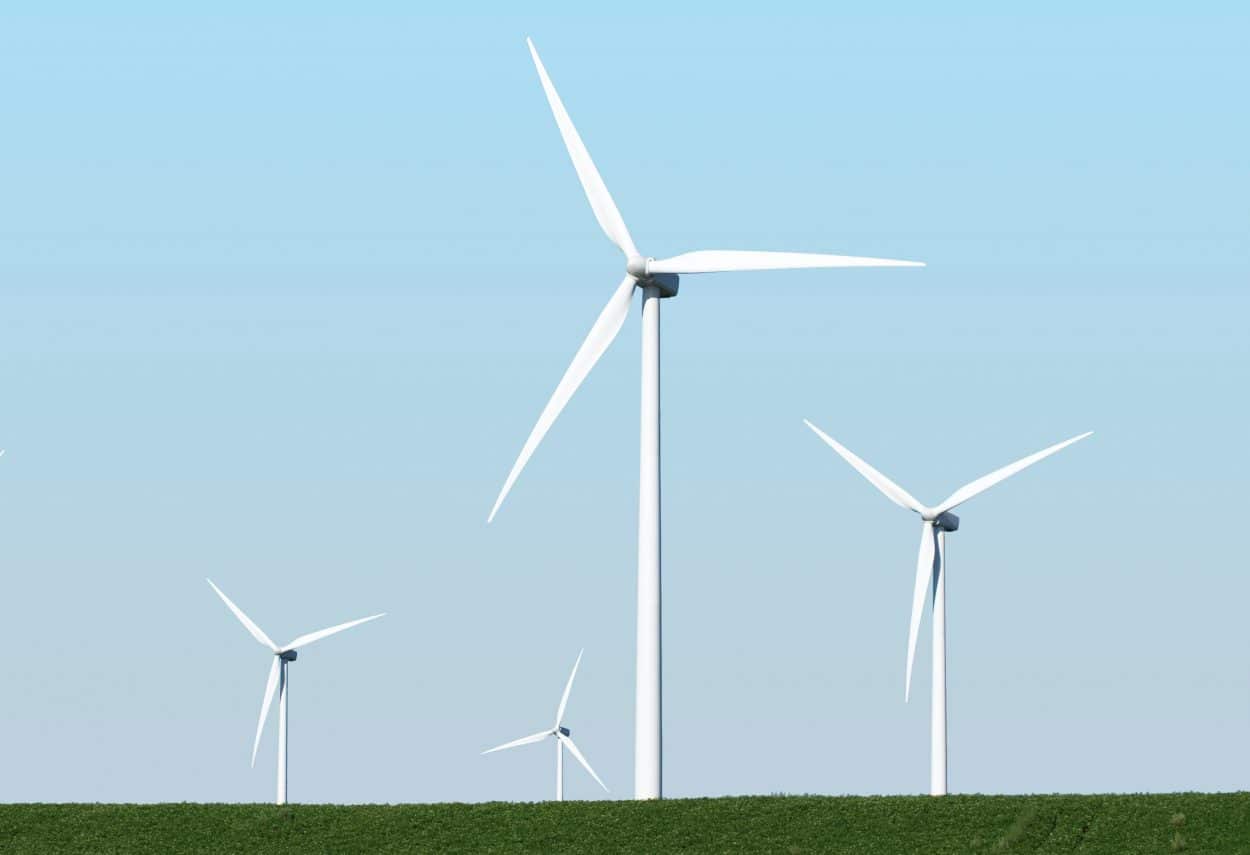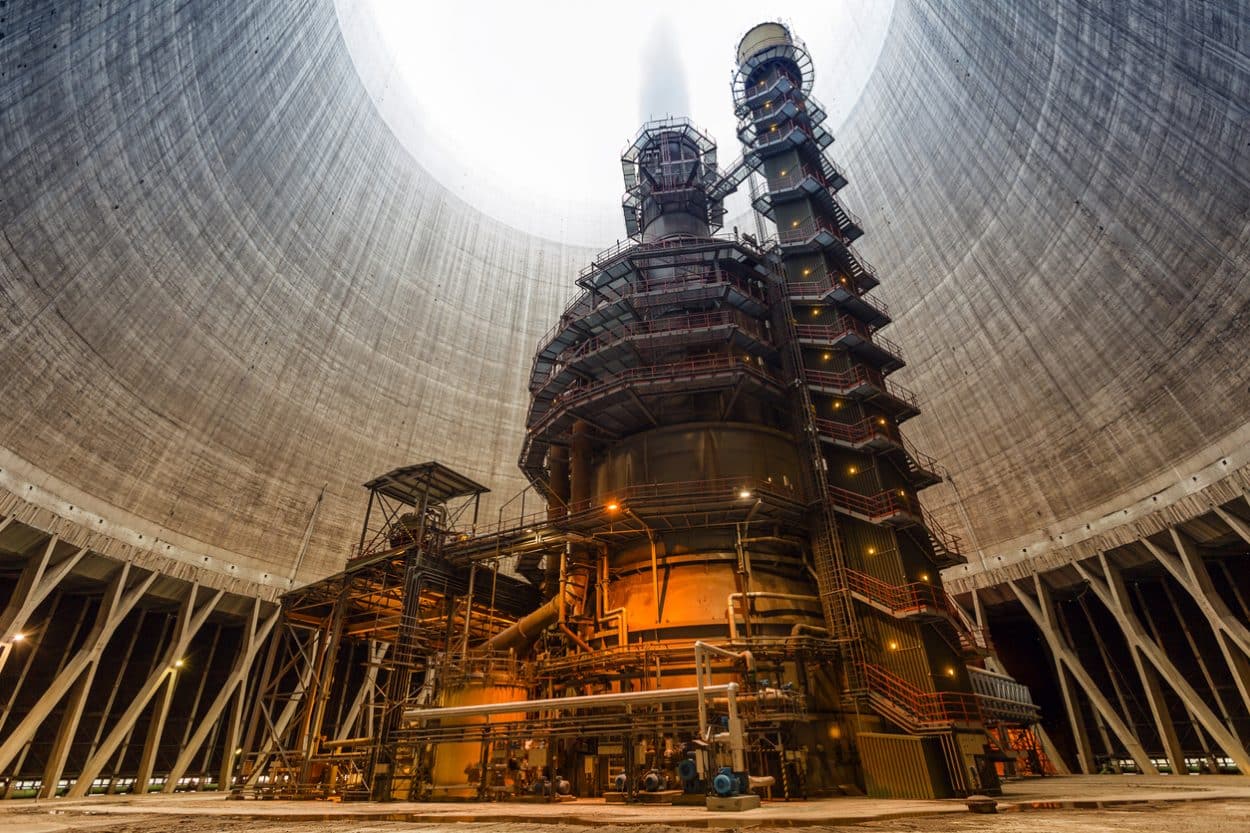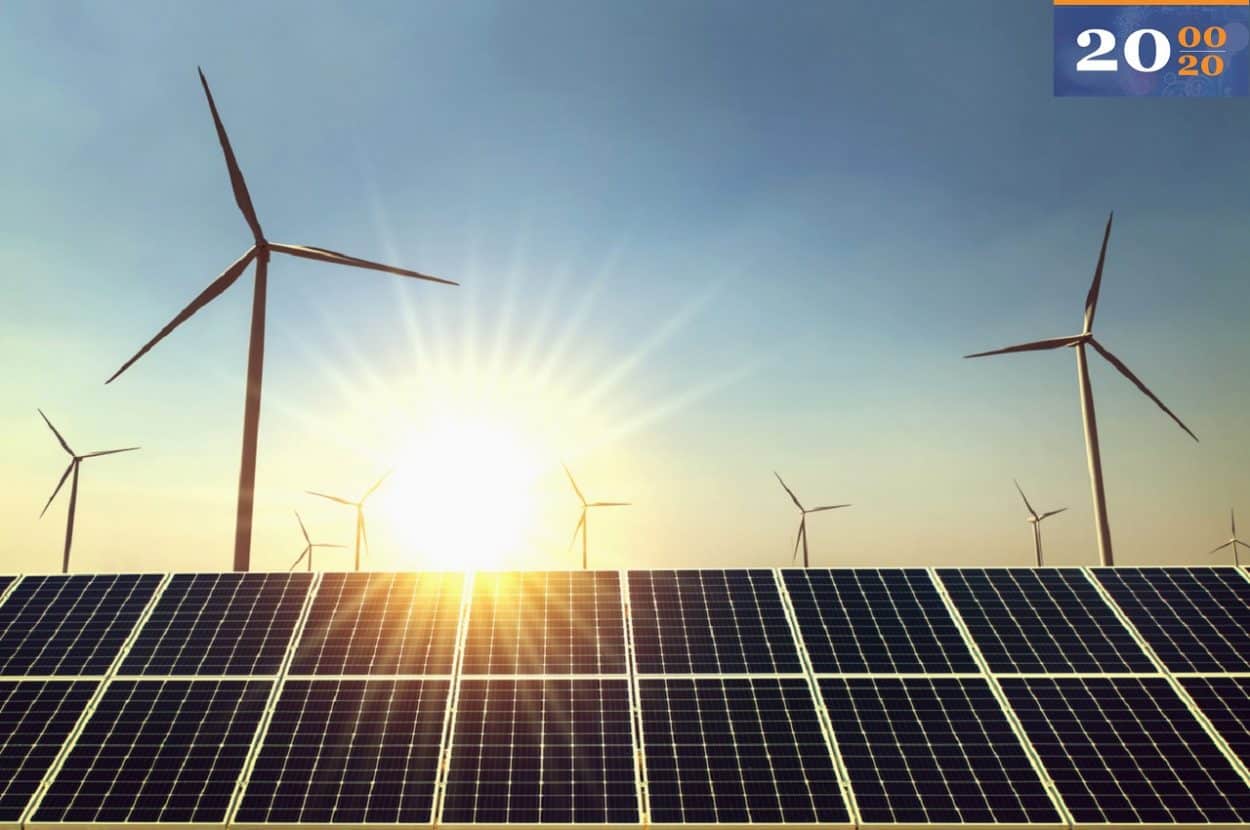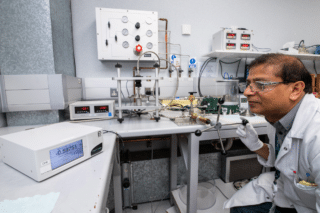On the occasion of the 20th anniversary of our publisher, the industry sourcing company DirectIndustry, we are celebrating 20 years of industrial innovations by giving the floor to the players that brought these innovations to life. In this interview, we focus on energy. Laszlo Varro, Chief Economist at the International Energy Agency (IEA), gives his insights into 20 years of innovations in energy, from coal to oil to renewables and towards the energy transition.
20 Years of ENERGY with… the International Energy Agency
The International Energy Agency is a Paris-based autonomous intergovernmental organization established in the framework of the Organisation for Economic Co-operation and Development in 1974 in the wake of the 1973 oil crisis. The IEA provides data, analysis, and solutions on all fuels and technologies.
DirectIndustry Magazine: How would you define the 20 last years?

Laszlo Varro: Actually, the last 20 years were the age of coal. The growth of the global economy was characterized by the growth of Asia (China, Indonesia, Thailand, Vietnam).
And the primary source of energy in Asia is coal. There was a growth in oil demand in Asia but the growth of the electricity demand was still higher. If you compare China to the US, this is very visible. China’s oil consumption is still a third below the oil consumption of the US. But Chinese electricity consumption is now almost twice as high as the electricity consumption of the US.
This can be explained by the modernization of China, and coal has been the backbone of this trend. Over the last 20 years, people have left their villages, moved to big cities to work in factories and started to buy electric generators, televisions, air conditioners and other products that need electricity. It is only recently that these people have become middle class and started buying cars and traveling by plane which has increased the oil demand.

DirectIndustry Magazine: The last 20 years have also seen the rise of alternative energies.
Laszlo Varro: Solar and wind power energies are currently the most dynamic and most successful renewable technologies. They are really transforming the energy system, but it is not a sudden development. It is the result of several decades of long patient governmental innovation programs, in the US, in Germany, in Japan. We have not seen comparable technological evolutions in biofuels or in geothermal heat for example. However, the current investment rate in wind and solar energy is static. We are talking about around 250 – 300 million dollars of capital investment which is not yet sufficient to put the energy system in a credible energy transition.
DirectIndustry Magazine: Yet, one of the advantages of wind and solar energy is the price. In 20 years, their price has declined and they are the cheapest source of energy today.
Laszlo Varro: We have to be careful with the term cheapest. Typically this refers to the technical cost of electricity which is the annual average cost of generating the electricity over the last 20-year lifetime of the project. According to that metric, the cost of wind and solar power has certainly declined. However, this annual average cost of electricity neglects the location of electricity consumption and the transport of electricity to places where they will be consumed. So I would say that wind and solar power are the cheapest form of energy in circulation when location and time are in your favor. If you want electricity in the Scottish Islands, certainly nothing beats wind. And if you want electricity in the summer desert of Mexico at noon nothing beats solar energy. The key challenge is no longer to cut the cost of wind and solar but overcoming the limitations of time and space.

DirectIndustry Magazine: What does that mean concretely?
Laszlo Varro: Overcoming the limitations of time means enhancing the flexibility of the power system so that it integrates larger parts of production variables. This means making the electricity demand more flexible. And you also need power-generating technologies that can change production very rapidly. Overcoming the limitations of space means extending the existing electricity network. Today’s electricity networks are a hundred years old.
If you take two countries, the Netherlands and the UK, there is a gas pipeline and an electricity cable between them. The gas pipeline transports 20 times more energy than the electricity cable. So as we transition the energy system into a system that will use less fossil fuels and more electricity, we will need a stronger electricity network.
DirectIndustry Magazine: Let’s talk about nuclear energy. How has this energy evolved in the last 2 decades?
Laszlo Varro: In Europe and in the US, the nuclear capacity is aging and it is a major issue. The average lifetime of the nuclear facility is around 40 years. They were designed in the 70s, built in the 80s and have been operating ever since. 10 years ago, there was excitement about the third generation of nuclear reactors. There were projects in France, Finland and the US, but they all had disappointing results. In other parts of the world, however, the situation is different. China has a very successful nuclear construction program. The Indian government has said nuclear is going to have an important part in India. And the overall global nuclear production last year exceeded the pre-Fukushima level. Japan and Germany have stopped nuclear power plants but China, India and Russia reinforced them and they are very important for the future of nuclear energy. Nuclear energy also has a big advantage: it is very effective in terms of land use. On average, a nuclear power plant occupies 100 acres of territory and generates as much electricity as 2,000 wind turbines.

DirectIndustry Magazine: New energies have appeared in 20 years like shale gas.
Laszlo Varro: Shale gas is not a new technology, it was developed in the 1950s. But around 2005-2010, thanks to technological improvements and the cost of oil, it was advantageous to go into shale gas production. The impact of the shale gas revolution has been positive both regarding energy and security. The US is one of the largest gas producers and exporters in the world. We now have a very large amount of cost-efficient gas coming from a geopolitically stable democracy. This is not the case of other gas exporters.
DirectIndustry Magazine: Have we reached peak oil?
Laszlo Varro: If by peak oil you mean the peak oil production because of a geological scarcity of the resource, we are not concerned about that. The combination of shale gas and the new conventional discoveries in deep offshore, for example in Brazil, means that the oil resource base is abundant and there is a sufficient supply for quite a long time. So if peak oil comes, it will not be because of geology but because of energy policy and technology. Government policies have an important impact on global demand. It is possible to put global demand into a decline trajectory. But that will require stronger government policies, for example replacing oil heating in homes with biogas.

DirectIndustry Magazine: So, in this context, what future do you see for renewable energy?
Laszlo Varro: Wind and solar will continue to grow but the big question is how rapidly. The current investment rate for wind and solar is not yet sufficient for a rapid energy transition. However, even if wind and solar are sustainable, oil and gas are not disappearing. The world will still be using oil and gas in the decades to come. We very much think that security questions around the oil and gas supply security are a big concern. North America has emerged as a very important oil and gas supplier. And they will continue to play an important role during the energy transition as well.
DirectIndustry Magazine: Will China lower its use of coal?
Laszlo Varro: China has the ambition to improve the energy intensity of the Chinese economy and also to expand renewables. China is certainly using a lot of coal, half of the global coal demand is Chinese, and coal represents more than half of China’s energy consumption. This has undesirable environmental effects. But if you look at Chinese policy documents, the Chinese government is aware of this issue. In the past years, China has had the largest investment rate in wind power, solar power, nuclear power and hydropower by far. And China has been playing a role in promoting electric cars. But don’t get me wrong. China is not on a trajectory of removing gas in the energy transition, but neither is the rest of the world. For decarbonization, every country in the world will have to make stronger efforts, including China.











